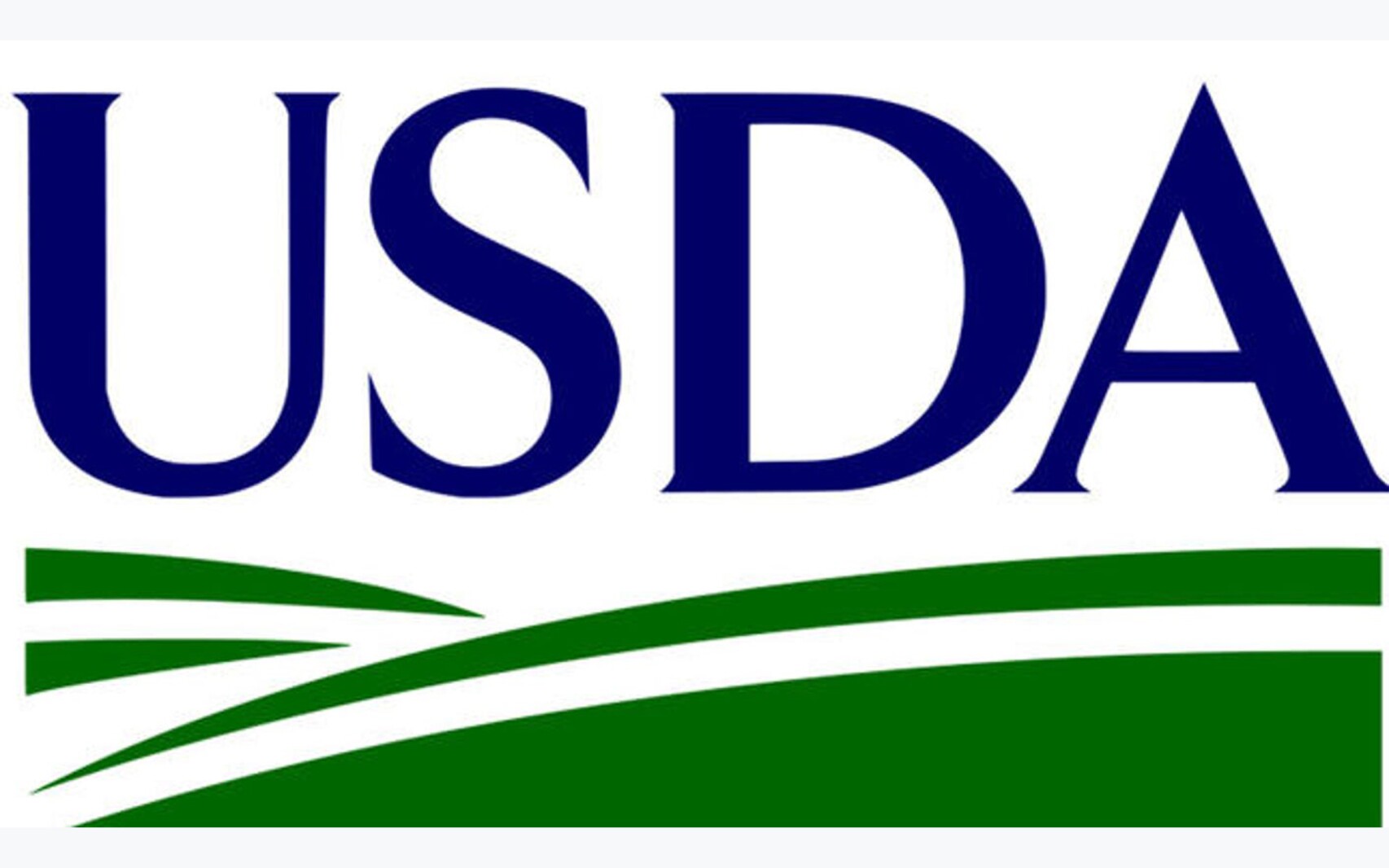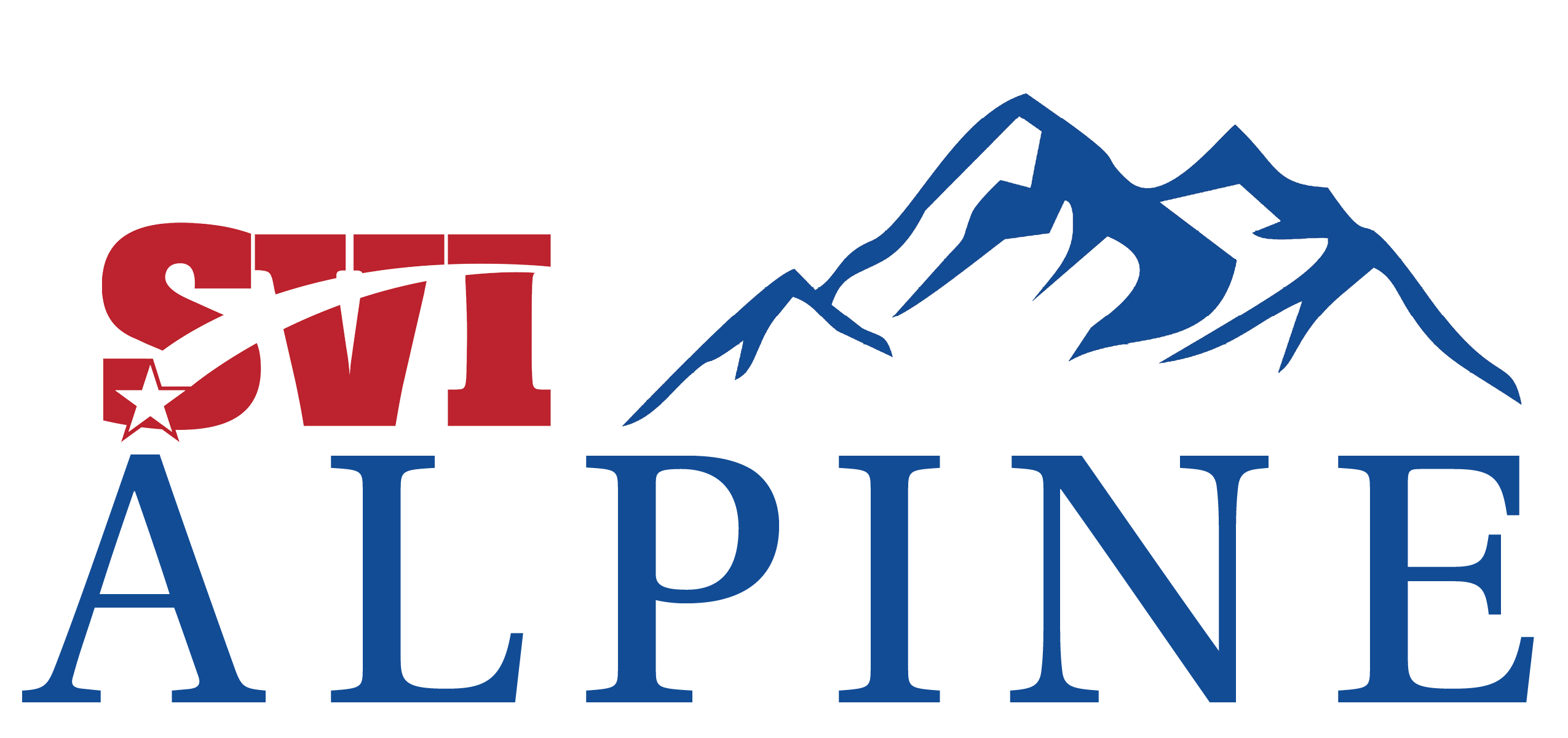USDA to be managed through regional hubs
By SVI Staff
August 1, 2025

• Salt Lake City will be a regional hub for agency
By SVI/USDA
Salt Lake City will be one of the main city’s serving the key tasks of of the U.S. Deparment of Agriculture, (USDA).
U.S. Secretary of Agriculture Brooke L. Rollins announced the reorganization of the USDA, refocusing its core operations to better align with its founding mission of supporting American farming, ranching, and forestry.
The reorganization consists of four pillars:
• Ensure the size of USDA’s workforce aligns with available financial resources and agricultural priorities
• Bring USDA closer to its customers
• Eliminate management layers and bureaucracy
• Consolidate redundant support functions
• To bring USDA closer to the people it serves while also providing a more affordable cost of living for USDA employees, USDA has developed a phased plan to relocate much of its Agency headquarters and NCR staff out of the Washington, D.C. area to five hub locations.
The Department currently has approximately 4,600 employees within the National Capital Region (NCR). This Region has one of the highest costs of living in the country, with a federal salary locality rate of 33.94%.
In selecting its hub locations, USDA considered where existing concentrations of USDA employees are located and factored in the cost of living. Washington, D.C. will still hold functions for every mission area of USDA at the conclusion of this reorganization, but USDA expects no more than 2,000 employees will remain in the NCR.
USDA’s five hub locations and current Federal locality rates are:
• Raleigh, North Carolina (22.24%)
• Kansas City, Missouri (18.97%)
• Indianapolis, Indiana (18.15%)
• Fort Collins, Colorado (30.52%)
• Salt Lake City, Utah (17.06%)
Relocation/reduction
This is only the first phase of a multi-month process. Over the next month and where applicable, USDA senior leadership will notify offices with more information on relocation to one of the regional hubs.
The agency reports that in order to make certain the USDA can afford its workforce, this reorganization is another step of the department’s process of reducing its workforce. Much of the reduction was through voluntary retirements and the Deferred Retirement Program (DRP), a completely voluntary tool. As of today, 15,364 individuals voluntarily elected deferred resignation.

